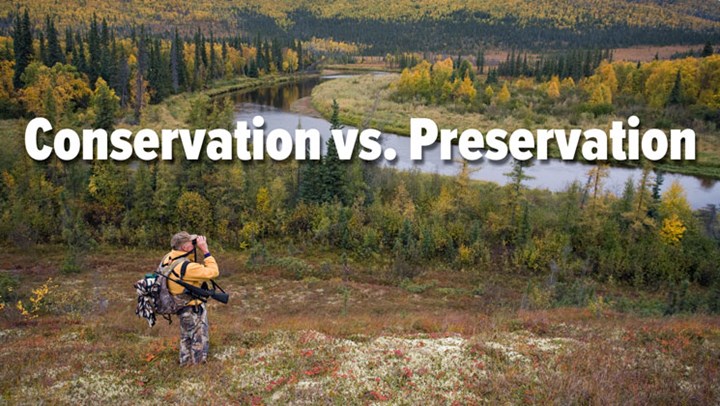
by Tom Keer - Thursday, October 6, 2016

The 65 acres of land behind my home was earmarked for a 35-property subdivision. I didn't own it, which is short-handle for the fact that I didn't pay taxes on it. I wish I did, for it was a sweet tract that boasted a stand of century-old pines interspersed with broomstraw and other native grasses. There were a lot of Russian olives, some sweetbriar and raspberries, and bicolor lespedeza. At one point in time there were a few small coveys of bobwhite quail, and down in the marsh, Canada geese and puddle ducks tucked in on their way south. When hunting seasons opened in the fall, my family and I enjoyed many wonderful days afield.
There was a hitch that arose when no water was found for suitable wells. Plans were shuttered immediately, so my neighbor sold the land to the town. At first I thought it was a great idea. No excavators would ramble past my front door, no cement trucks would pour foundations and no builders would frame the new homes. I estimated that each house would have two cars, but no construction meant no 70 cars trading back and forth past my home. I was relieved when the town assessed a fair-market value for the land and designated it a "conservation area." It was part of an open-space initiative, so no building or development would occur, in perpetuity.
At the time, I thought the idea was both visionary and noble. I, or rather we the people, could all use the land as we saw fit. I could run my dogs on it, and during the quail and waterfowl seasons I could hunt 'em up. In the off-season, runners, mountain bikers and hikers could meander down the trails. City folks would be able to go birding or wildlife viewing and see whitetail deer, Eastern wild turkey, rabbits, red and gray squirrels, songbirds such as orioles, cardinals and catbirds, and hawks. The seasonal owls hooting back and forth in the dead of winter were a plus.
Fast-track it to today, some 20 years later, and there are few if any signs of wildlife. The land was "preserved," which meant that it wouldn't be touched. There were no yearly burnings to help the native grasses regrow, there were no selective cuttings to open areas for sunlight and there were no plantings to create a balanced environment. "Put simply, conservation seeks the proper use of nature, while preservation seeks protection of nature from use." Pine needles, tree limbs and big, brown leaves fell from the oaks and created deadfall that knocked the grasses to the ground. Over time, piles of them covered up the ground to the point that no regrowth occurred in the spring. The lack of cover crops and food plots caused the quail to disappear. Shortly after, the birds left along with the squirrels, chipmunks and rabbits. After the spring hatch, I saw only one flock of turkeys—a hen and her poults—walk by. But they didn't stick around either, as there was nothing for them to eat. Instead, I see predators like coyotes and red foxes, but since they harvested any remaining game they don't come around much anymore. The only life that I see on a regular basis are ticks. And due to our high-humidity levels, I pull numerous deer and dog ticks from my pups after each conditioning run.
My Shangri-La ended, but not at the hands of development as I would have thought. The end came because the next step of land management was not taken. Sure, open space is a good thing. It's great that there are no houses. But mine is not a healthy ecosystem. If the homes were built then I'd have the same result: ticks, ticks and more ticks. Why? Because preservation is different from conservation. While both terms involve a degree of protection, how that protection is carried out is the difference.
In celebrating the recent centennial of the National Park Service (NPS)—established by NRA member, hunter and U.S. President Theodore Roosevelt—on Aug. 25, it seems fitting to reference how the NPS website defines the two terms: "Conservation is generally associated with the protection of natural resources, while preservation is associated with the protection of buildings, objects and landscapes. Put simply, conservation seeks the proper use of nature, while preservation seeks protection of nature from use."
Once land is designated as open space, it's important to have a plan that keeps it healthy. In my case, when the land is open to hunters, anglers, shellfish fishermen and any other group that wants to enjoy it, we'll have a story worth telling. Thankfully, there are a tremendous number of outstanding organizations that help us to achieve our goals, so there is hope. If we can connect the dots we'll all win. That's a goal worth fighting for.
E-mail your comments/questions about this site to:
[email protected]
Proudly supported by The NRA Foundation and Friends of NRA fundraising.
